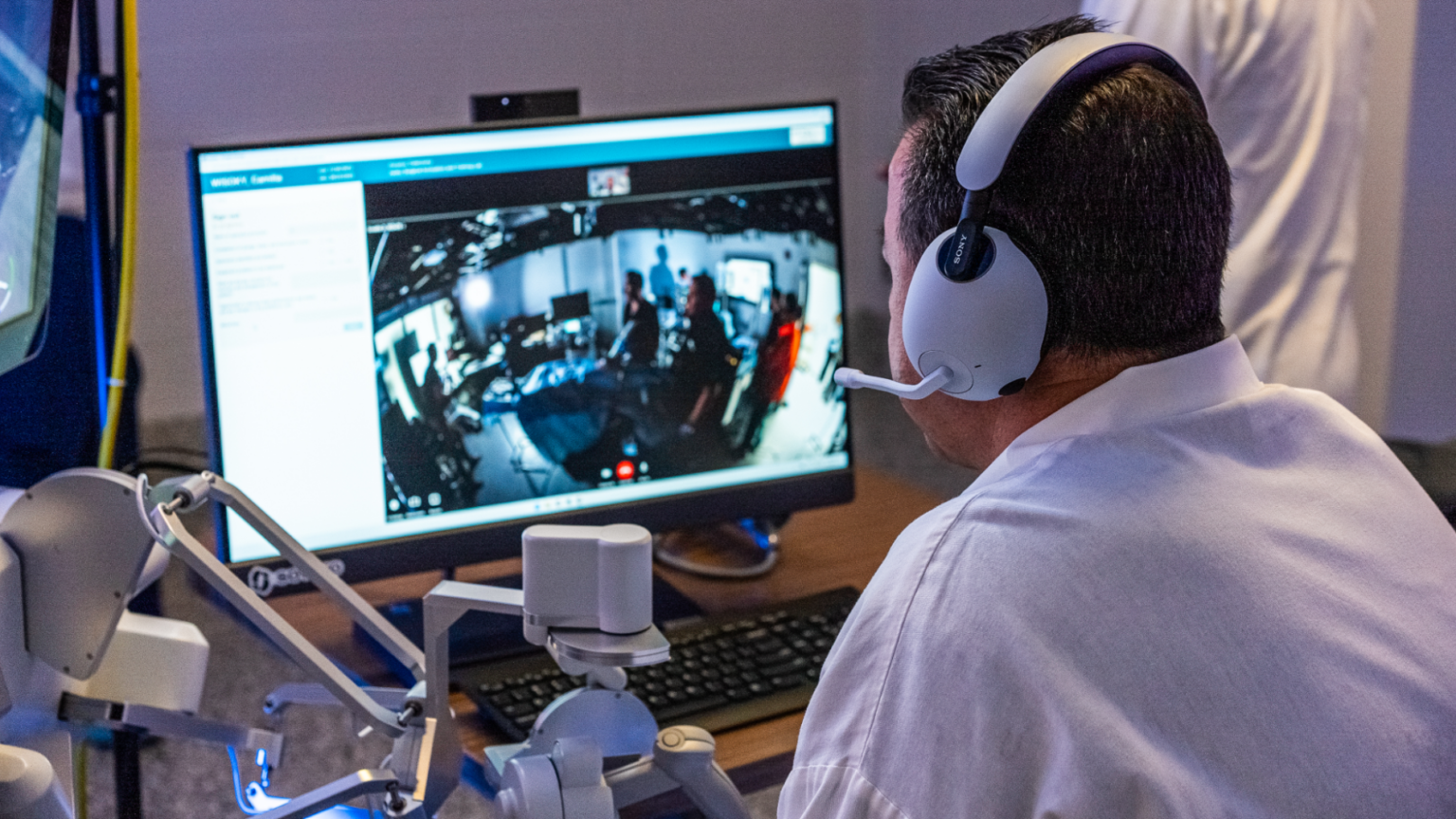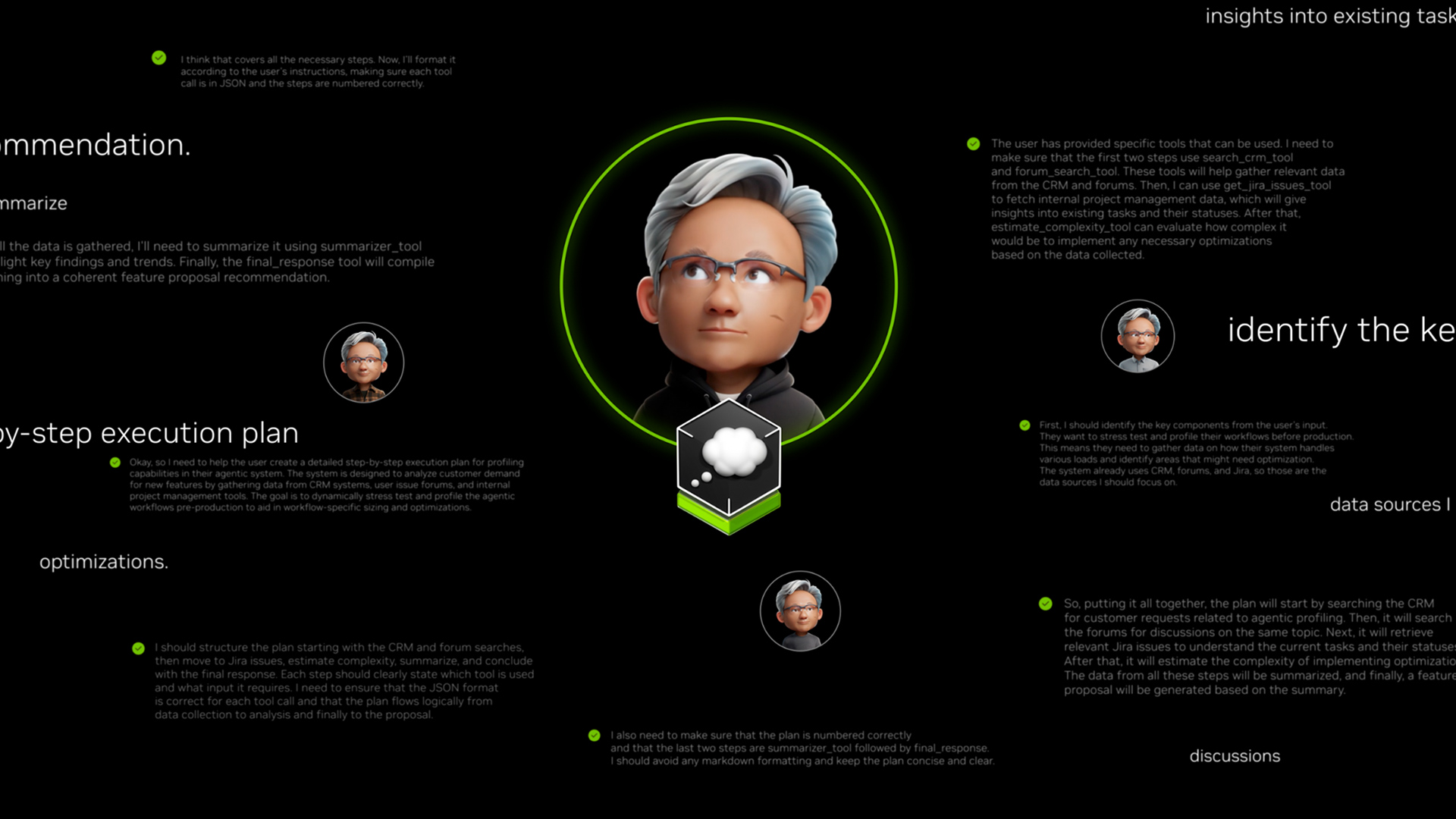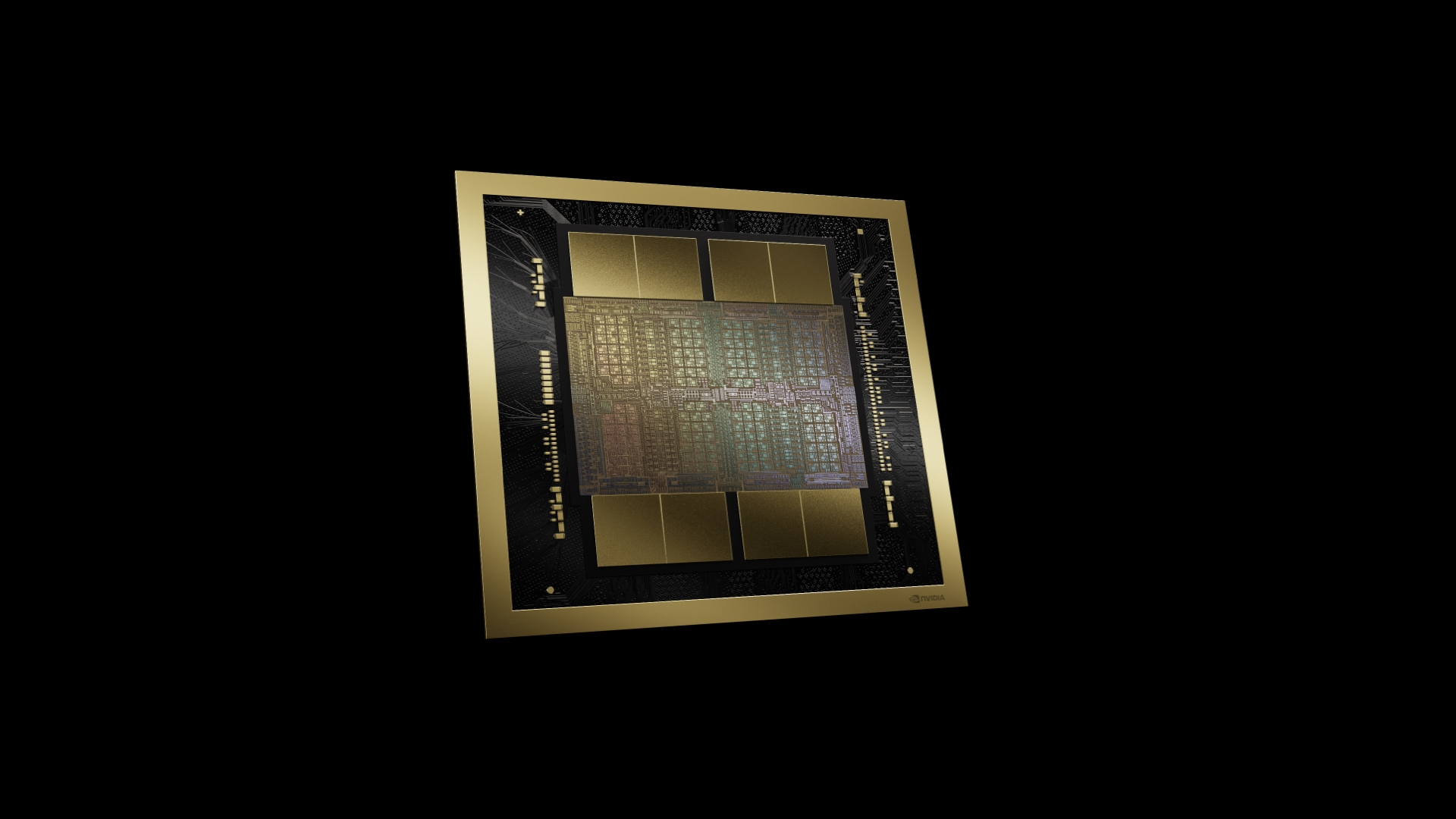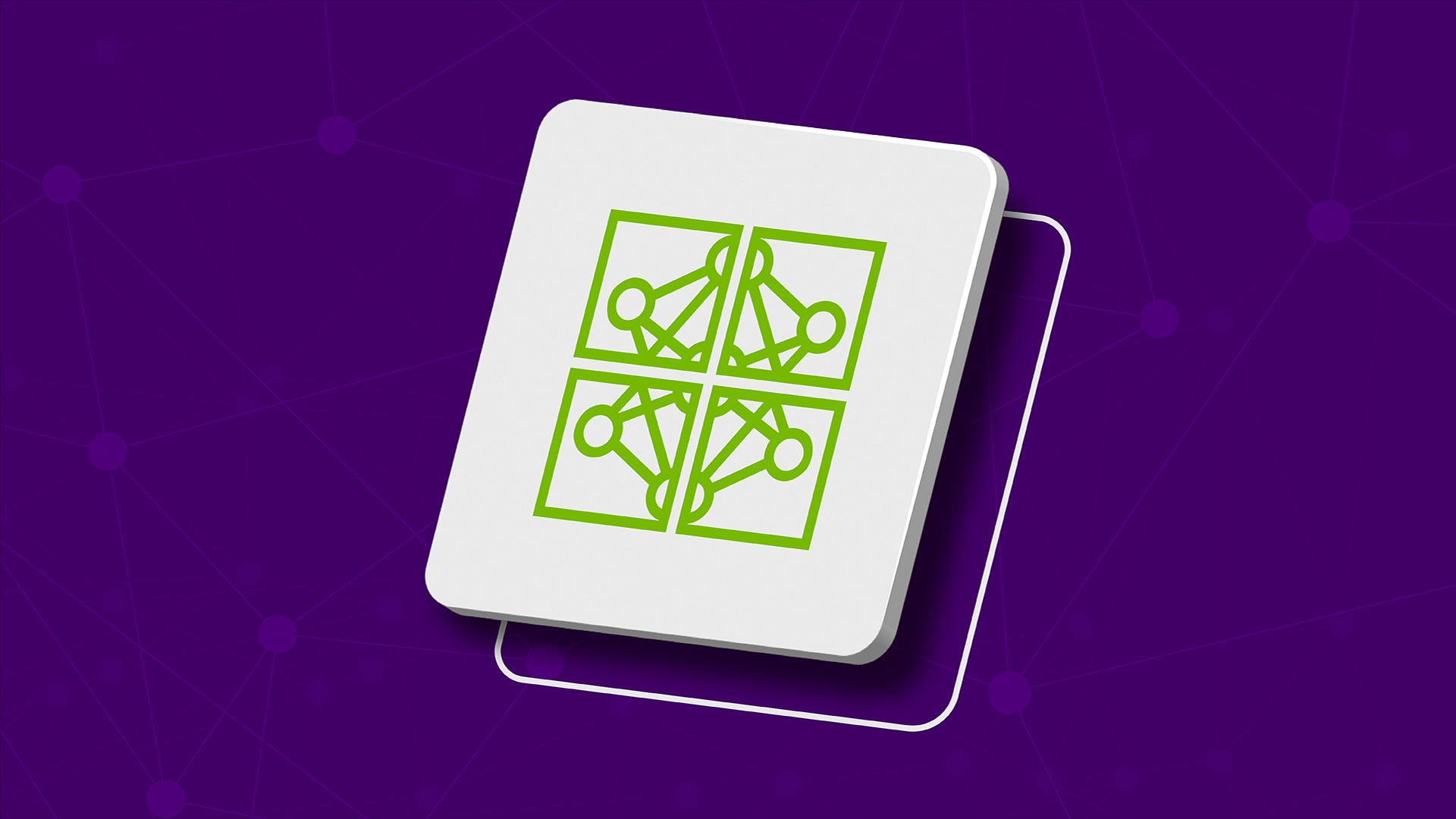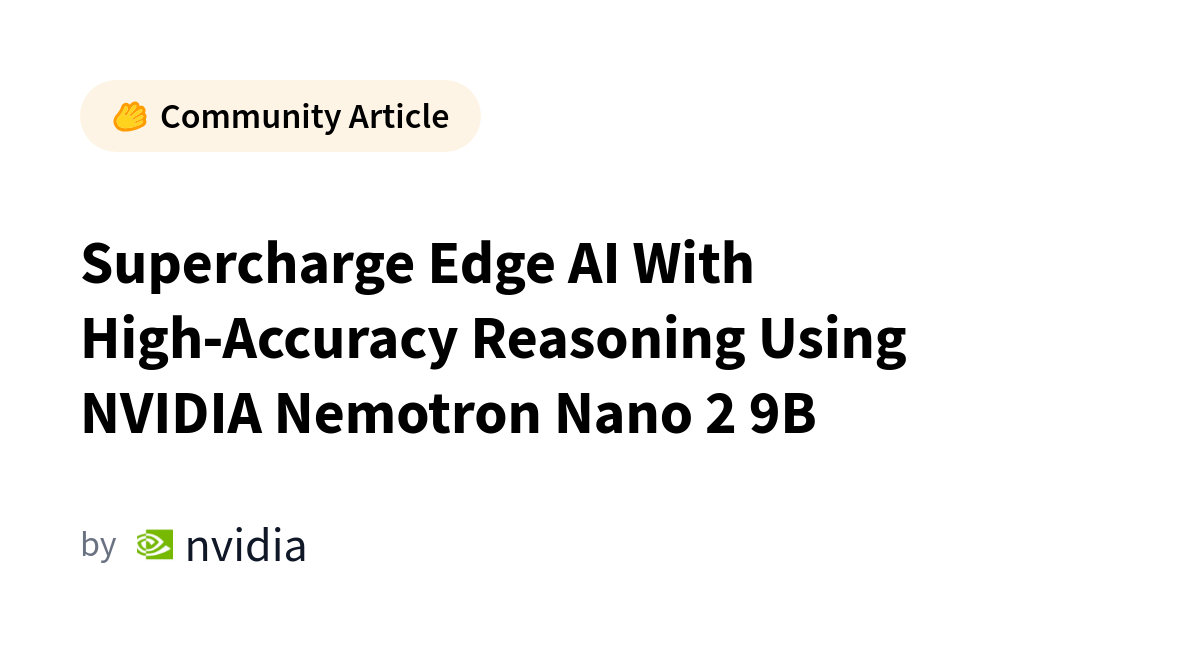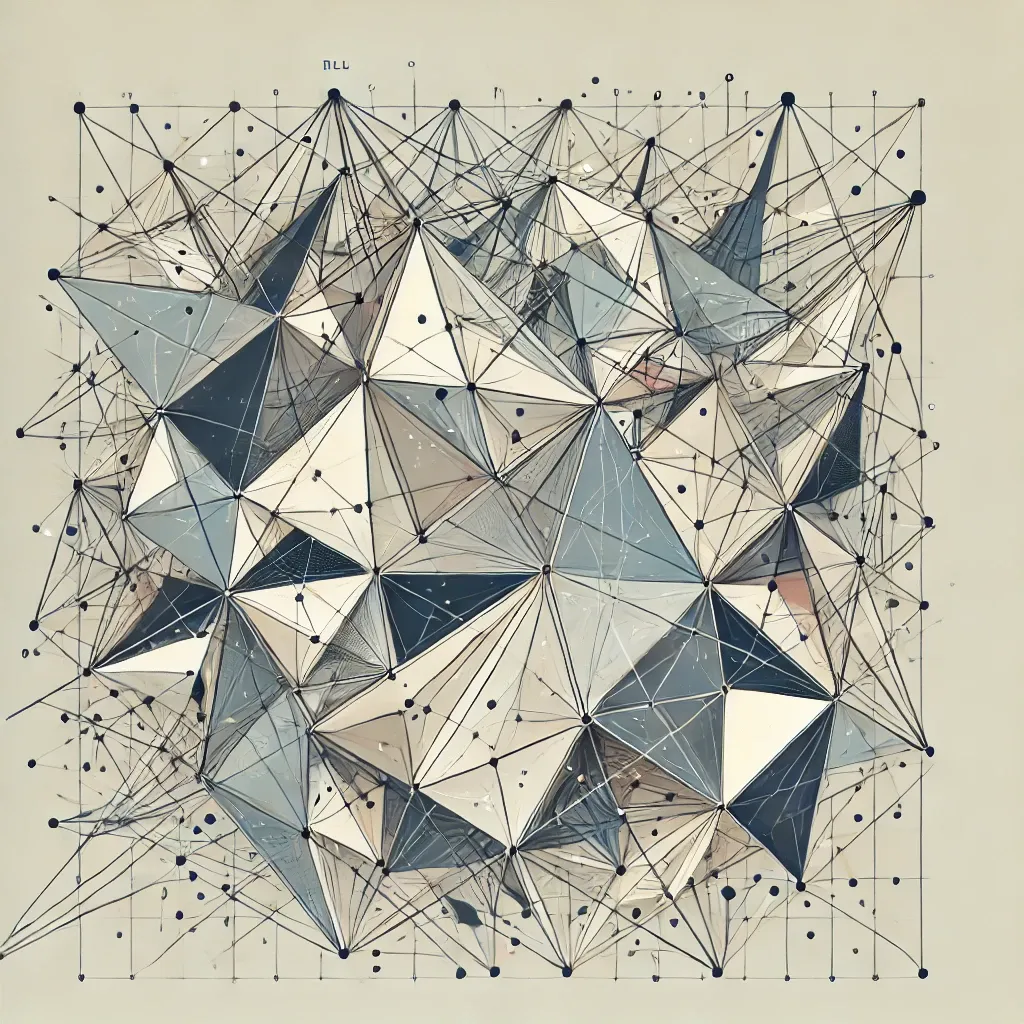
Shape, Symmetries, and Structure: The Changing Role of Mathematics in ML Research
Sources: https://thegradient.pub/shape-symmetry-structure, https://thegradient.pub/shape-symmetry-structure/, The Gradient
Overview
The article examines a notable shift in how progress is made in modern machine learning. Historically, carefully designed, mathematically principled architectures were the primary path to improvements. In recent years, compute-intensive, scale-driven engineering approaches—training on ever larger data and parameter counts—have yielded remarkable capabilities that outpace current theory. This tension has prompted questions about mathematics’ role in ML going forward. The piece argues that mathematics remains relevant, but its role is changing: rather than solely proving guarantees, mathematics is increasingly used for post-hoc explanations of empirical phenomena and for guiding higher-level design choices that align architectures with underlying task structure or data symmetries. The article emphasizes that this evolution is not a rejection of mathematics but an expansion of its influence. It notes that the translation equivariant convolutional neural network—an architecture designed to respect data symmetries—dates back over 40 years, illustrating that mathematics can guide architectural decisions in enduring ways. As ML problems become more scale-driven, a broader set of mathematical tools—ranging from classical probability and analysis to topology, algebra, and geometry—are brought to bear. These tools help researchers grapple with high-level questions about spaces, symmetries, and the behavior of massive models. A core theme is the move from evaluating models with single performance metrics to understanding the richer structure underlying predictions. Hidden activations and weights live in high-dimensional spaces that are hard to interpret directly. The article uses analogy and geometry to show how math can offer holistic insights beyond accuracy: for instance, by studying spaces of weights, activations, and inputs as geometric or topological objects. In high dimensions, intuition from 2D or 3D breaks down, so mathematicians look for generalizations that connect with the realities of deep learning systems. The piece also discusses several concrete mathematical directions that are already informing ML practice. Translating ideas from geometry and topology to understand the loss landscape, the space of model weights, and the latent representations in large language models are cited as examples where mathematical perspectives illuminate empirical observations. The overarching message is that mathematics remains essential to discovery in ML, but the kinds of problems it helps solve are shifting toward symmetry-aware design, high-dimensional geometry, and interpretability of complex models. The article also references broader context such as the so-called Bitter Lesson, which warns that empirical progress can outpace theory, underscoring the need for a pluralistic approach that blends math, computation, and domain knowledge. For readers, the takeaway is that progress in ML over the coming years will likely hinge on leveraging mathematics to understand and exploit data structure and symmetries at scales that challenge conventional intuition. Existing mathematical domains—longstanding pillars like probability, analysis, and linear algebra, as well as more abstract fields like topology, geometry, and algebra—are expanding their reach to address the central challenges of deep learning. As researchers experiment with architecture choices that reflect underlying task structure, the role of mathematics becomes less about proving every guarantee in advance and more about guiding design, interpretation, and explanation in the era of scale.
Key features
- The role of mathematics in ML is evolving, not disappearing: theory remains important, but post-hoc explanations and high-level design guidance are increasingly central.
- Scale-driven progress expands the set of applicable mathematical tools, bringing pure domains like topology, algebra, and geometry alongside probability and analysis.
- Architecture design increasingly aims to align with data symmetries (e.g., translation equivariance in CNNs), illustrating mathematics guiding structure.
- An emphasis on interpreting high-dimensional hidden activations and weights, beyond single-performance metrics, to understand generalization, robustness, and calibration.
- Concepts from geometry and manifold theory (e.g., SO(n) as a rotation group) help conceptualize high-dimensional spaces that arise in weights, activations, and inputs.
- Concrete mathematical ideas like linear mode connectivity and the linear representation hypothesis in latent spaces offer concrete tools to analyze loss landscapes and representations in modern models.
- The Bitter Lesson framework is cited as a reminder that empirical progress can outpace theory, encouraging a balanced, interdisciplinary approach to ML research.
- Mathematics remains a source of discovery in ML, enabling principled questions about structure, symmetry, and high-dimensional behavior.
Common use cases
- Interpreting empirical phenomena observed during model training beyond traditional accuracy metrics (e.g., understanding when and why certain generalization properties emerge).
- Designing architectures that reflect underlying data structures or symmetries, thereby improving efficiency and transferability.
- Analyzing high-dimensional spaces of weights, activations, and inputs through geometric and topological tools to gain holistic insights.
- Studying loss landscapes via concepts like linear mode connectivity to understand how solutions relate across training runs.
- Investigating how latent representations encode concepts in large language models through geometric or algebraic lenses.
- Expanding the mathematical toolkit available to ML researchers by incorporating topology, geometry, and algebra alongside classical probability and analysis.
Setup & installation
- Access the article for full context:
# Retrieve the article for offline reading
curl -L https://thegradient.pub/shape-symmetry-structure/ -o shape_symmetric_structure.htmlQuick start
Below is a tiny runnable example illustrating a simple 2D rotation, a basic geometric concept that underpins the discussion of rotation groups (SO(n)) in higher dimensions. This is not the article’s code, but a minimal demonstration of a concept referenced in the text.
import numpy as np
def rotate_2d(theta_deg):
theta = np.deg2rad(theta_deg)
R = np.array([[np.cos(theta), -np.sin(theta)],
[np.sin(theta), np.cos(theta)]])
v = np.array([1.0, 0.0])
return R @ v
print(rotate_2d(90))This quick example shows how a 2D rotation matrix acts on a vector; in higher dimensions, similar ideas generalize to SO(n) and related geometric constructs discussed in the article.
Pros and cons
- Pros
- Provides a principled perspective on why certain architectures align with data structure and symmetries.
- Encourages interpretability by connecting high-level concepts (symmetry, geometry) to empirical observations.
- Expands the mathematical toolkit available to ML researchers, enabling exploration beyond traditional probability and linear algebra.
- Supports cross-disciplinary collaboration that can yield novel insights and methods.
- Cons
- High level of abstraction can be a barrier to practical adoption in some engineering contexts.
- In very large-scale settings, empirical performance gains may outpace the ability to translate them into theory-driven guarantees.
- Integrating advanced mathematical tools into standard ML pipelines may require new education and tooling.
Alternatives (brief comparisons)
| Approach | Strengths | Limitations |---|---|---| | Scale-driven empirical ML | Delivers broad capabilities on large data/models; leverages compute advances | Can underemphasize theoretical guarantees; interpretability may lag |Mathematics-guided design | Provides principled intuition and aligns architectures with symmetries | May be challenging to apply at very large scales; higher abstraction |Interdisciplinary perspectives | Broadens framing, enables new insights from biology, social sciences, etc. | Coordination challenges; potential gaps between disciplines |
Pricing or License
Not applicable (article-based resource without licensing terms).
References
- Shape, Symmetries, and Structure: The Changing Role of Mathematics in Machine Learning Research, The Gradient, https://thegradient.pub/shape-symmetry-structure/
More resources
Getting Started with NVIDIA Isaac for Healthcare Using the Telesurgery Workflow
A production-ready, modular telesurgery workflow from NVIDIA Isaac for Healthcare unifies simulation and clinical deployment across a low-latency, three-computer architecture. It covers video/sensor streaming, robot control, haptics, and simulation to support training and remote procedures.
How to Scale Your LangGraph Agents in Production From a Single User to 1,000 Coworkers
Guidance on deploying and scaling LangGraph-based agents in production using the NeMo Agent Toolkit, load testing, and phased rollout for hundreds to thousands of users.
NVFP4 Trains with Precision of 16-Bit and Speed and Efficiency of 4-Bit
NVFP4 is a 4-bit data format delivering FP16-level accuracy with the throughput and memory efficiency of 4-bit precision, extended to pretraining for large language models. This profile covers 12B-scale experiments, stability, and industry collaborations.
Inside NVIDIA Blackwell Ultra: The Chip Powering the AI Factory Era
An in‑depth profile of NVIDIA Blackwell Ultra, its dual‑die NV‑HBI design, NVFP4 precision, 288 GB HBM3e per GPU, and system‑level interconnects powering AI factories and large‑scale inference.
NVIDIA NeMo-RL Megatron-Core: Optimized Training Throughput
Overview of NeMo-RL v0.3 with Megatron-Core backend for post-training large models, detailing 6D/4D parallelism, GPU-optimized kernels, and simplified configuration to boost reinforcement learning throughput on models at scale.
Nemotron Nano 2 9B: Open Reasoning Model with 6x Throughput for Edge and Enterprise
Open Nemotron Nano 2 9B delivers leading accuracy and up to 6x throughput with a Hybrid Transformer–Mamba backbone and a configurable thinking budget, aimed at edge, PC and enterprise AI agents.
